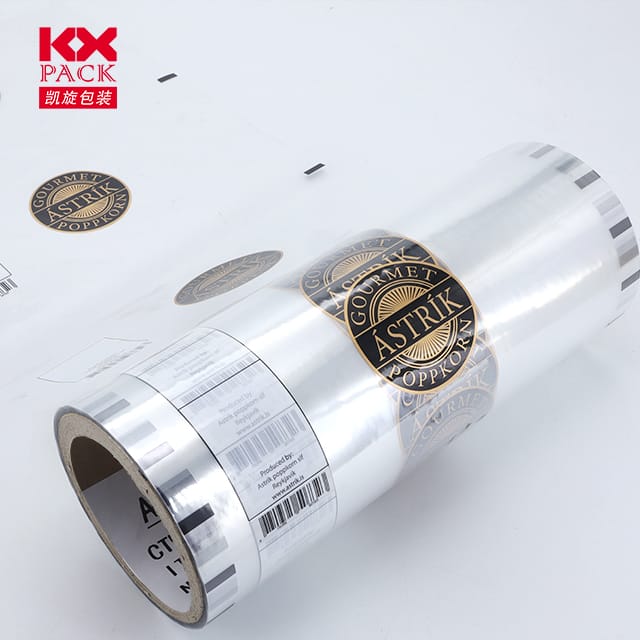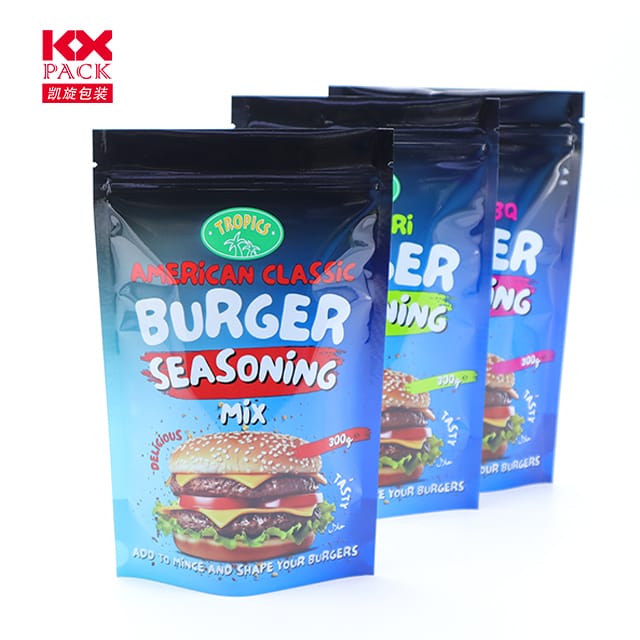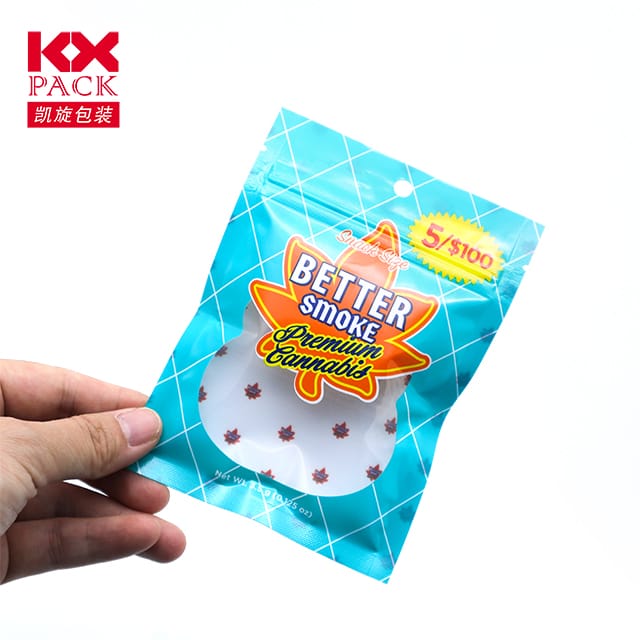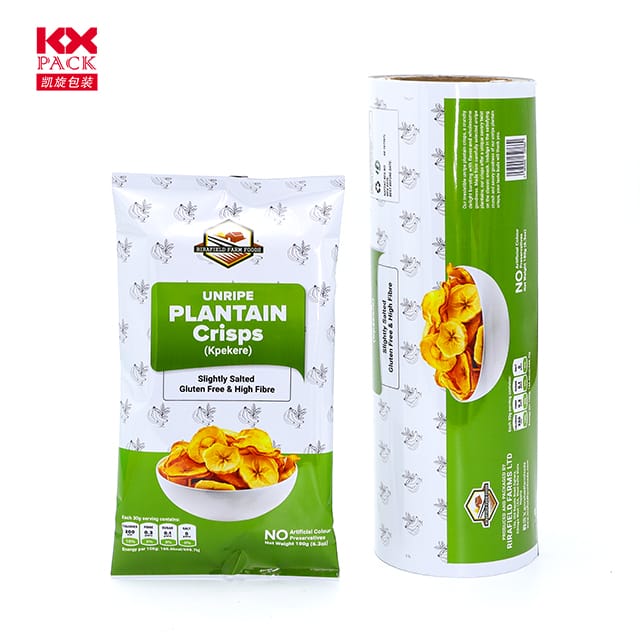필름 라미네이션에 대한 궁극적 인 가이드: 모든 산업에서 내구성과 미학을 향상시킵니다
Film Lamination
Film lamination is a versatile process that involves applying a thin, 보호 층 (유형적으로 플라스틱 또는 폴리머 기반)은 종이와 같은 표면, 판지, 구조, 또는 심지어 금속. 이 기술은 산업 전반에 걸쳐 널리 사용됩니다, 포장 및 인쇄에서 전자 제품 및 자동차 제조에 이르기까지, 내구성을 향상시키기 위해, 미학, 그리고 기능. 필름 라미네이션이 어떻게 작동하는지 살펴 보겠습니다, its key benefits, and why it’s a game-changer for businesses and creators alike.
What Is Film Lamination?
Film lamination is the process of bonding a transparent or colored film onto a substrate (base material) using heat, pressure, or adhesive. The result? A reinforced, visually appealing surface that resists wear, tear, and environmental damage. Common types of laminating films include:
- 폴리프로필렌 (PP): 가볍고 유연합니다, ideal for food packaging and labels.
- Polyester (애완 동물): Highly durable and heat-resistant, used in industrial applications.
- PVC (Vinyl): Offers a glossy or matte finish, popular for signage and displays.
- 생분해 성 필름: Eco-friendly alternatives made from plant-based materials.
How Does Film Lamination Work?
The process typically involves these steps:
- Surface Preparation: The substrate is cleaned to ensure proper adhesion.
- Film Application: The laminating film is placed over the substrate, either manually or via automated machinery.
- Bonding: Heat, pressure, or adhesive activates the bond between the film and substrate.
- Thermal lamination uses heat to melt the adhesive layer on the film.
- Cold lamination relies on pressure-sensitive adhesives for heat-sensitive materials.
- Trimming: Excess film is cut away, leaving a seamless finish.
Key Benefits of Film Lamination
- 내구성 향상:
- 수분을 방지합니다, UV 광선, 화학, and abrasion, extending the lifespan of products.
- Ideal for outdoor signage, ID cards, and packaging exposed to rough handling.
- Improved Aesthetics:
- Adds a glossy, 매트, or textured finish to elevate visual appeal.
- Prevents fading, smudging, or creasing, ensuring vibrant colors and sharp text.
- Safety and Hygiene:
- Creates a barrier against bacteria and contaminants, crucial for food packaging and medical supplies.
- Some films are FDA-approved for direct food contact.
- 비용 효율성:
- Reduces the need for frequent replacements, saving money long-term.
- Lightweight films minimize shipping costs compared to bulkier protective coatings.
Applications of Film Lamination Across Industries
- 포장:
- Food containers, pharmaceutical blisters, and luxury product boxes use laminated films for protection and branding.
- Printing and Publishing:
- Business cards, brochures, and magazines are laminated to resist spills and tears.
- Electronics:
- Touchscreens, display panels, and circuit boards rely on laminated films for insulation and scratch resistance.
- Automotive:
- Interior trim, dashboard components, and window films use lamination for heat rejection and aesthetic upgrades.
- Fashion and Textiles:
- Waterproof laminates on jackets, 바지, and shoes combine style with functionality.
Choosing the Right Film Lamination for Your Project
- Material Compatibility:
- Ensure the film adheres well to your substrate (예를 들어, PET works best with smooth surfaces).
- 마무리 유형:
- Glossy films enhance color vibrancy, while matte finishes reduce glare and fingerprints.
- Environmental Factors:
- Opt for UV-resistant films for outdoor use or anti-microbial coatings for healthcare settings.
- 지속 가능성:
- Look for recyclable or compostable films to align with eco-conscious goals.
Trends in Film Lamination
- Smart Laminates: Films with embedded sensors or RFID technology for tracking and authentication.
- Nano-Coatings: Ultra-thin layers that repel water, oil, and dirt at a microscopic level.
- Customizable Textures: From soft-touch to embossed finishes, catering to luxury markets.
결론
Film lamination is a powerful tool for businesses and creatives seeking to protect and elevate their products. Whether you’re designing eye-catching packaging, durable signage, or high-tech electronics, the right laminating film can make all the difference. By understanding the process, 이익, 및 애플리케이션, you can unlock new possibilities for innovation and quality.
Ready to explore film lamination for your next project? Share your questions or experiences in the comments below—we’d love to hear from you! 📦✨







